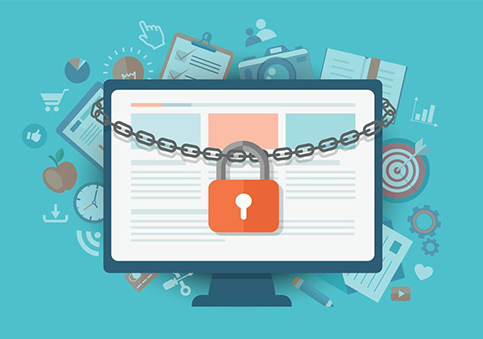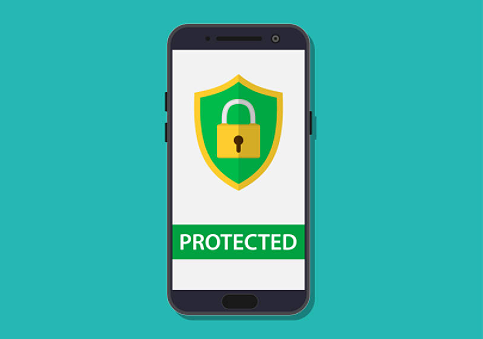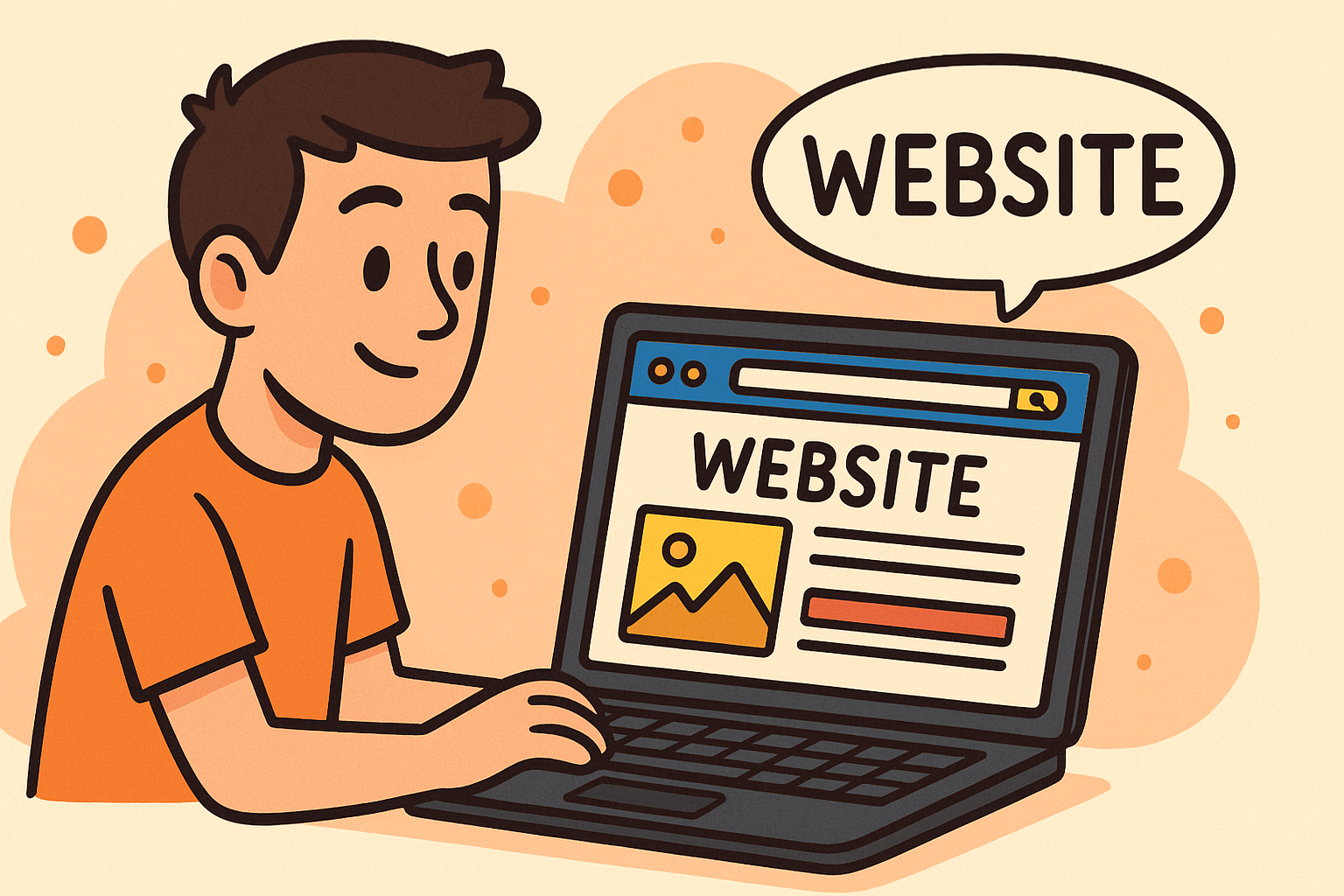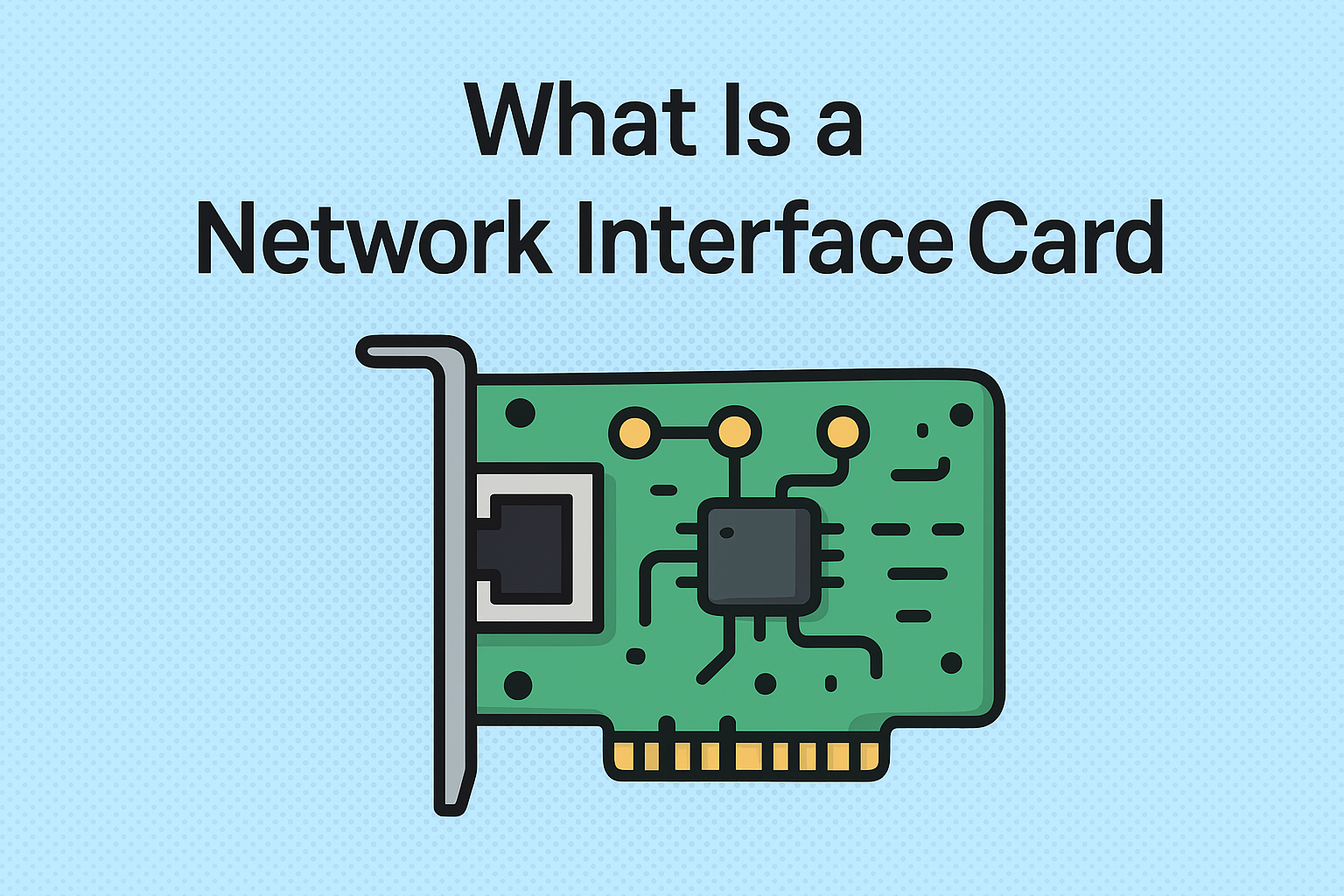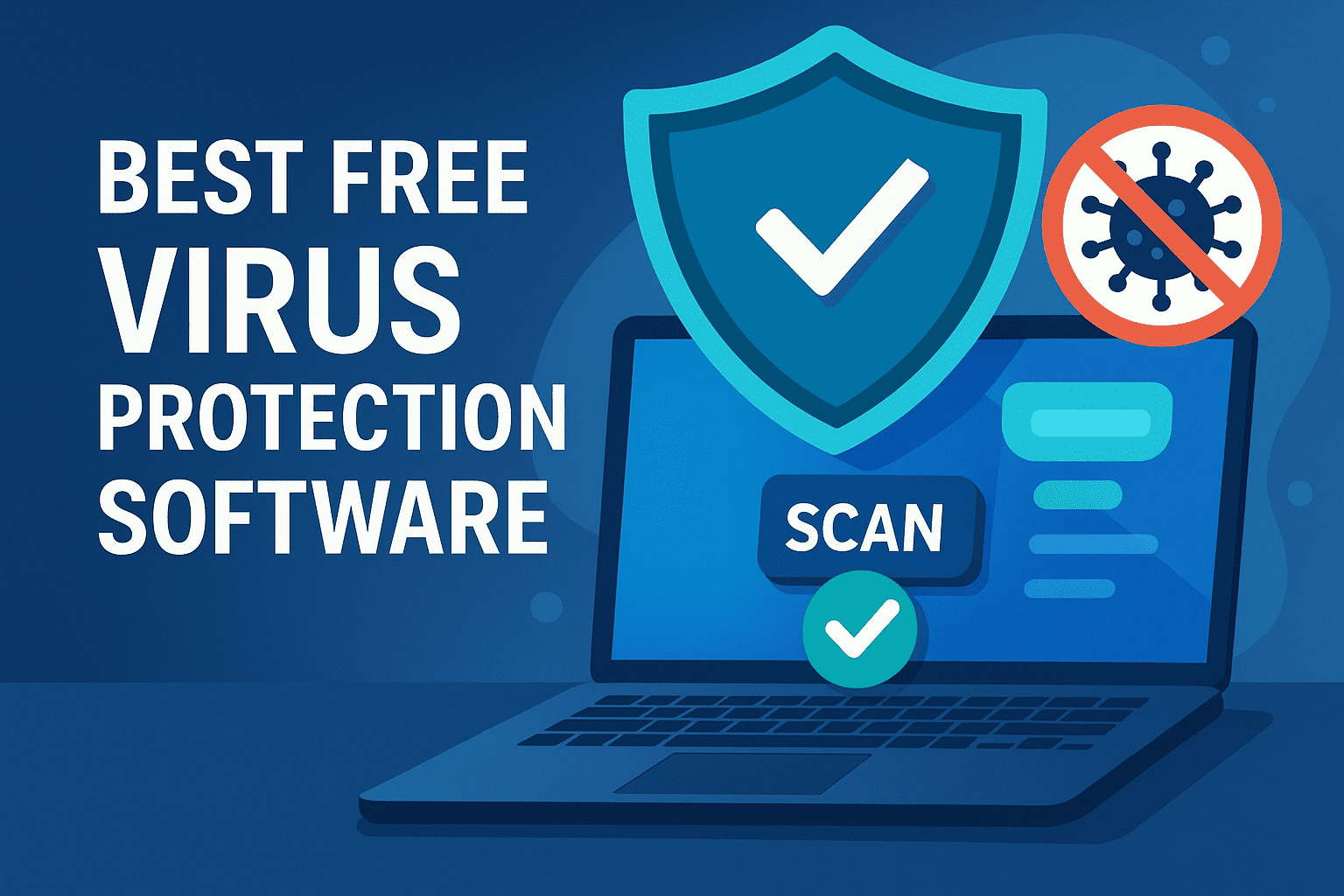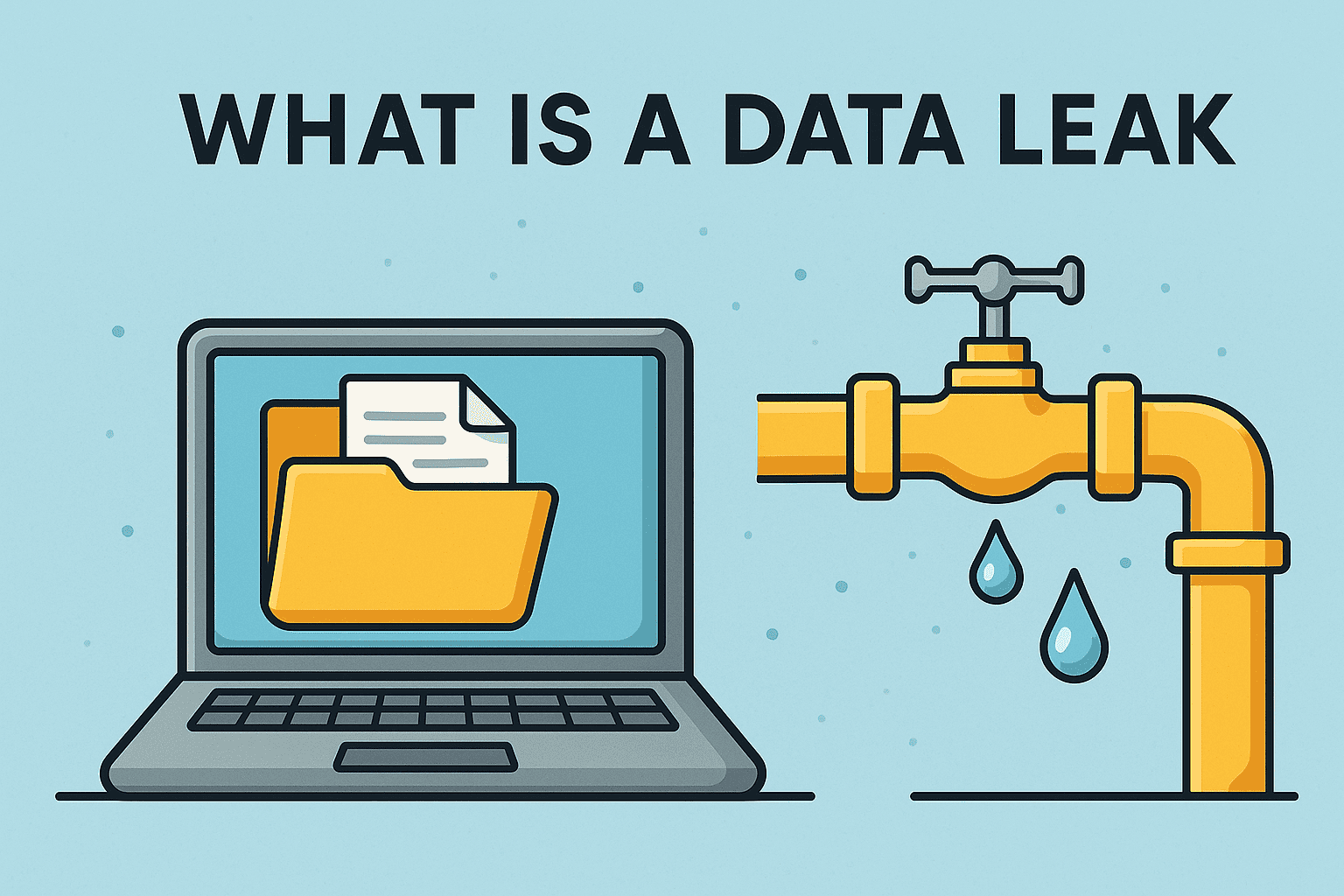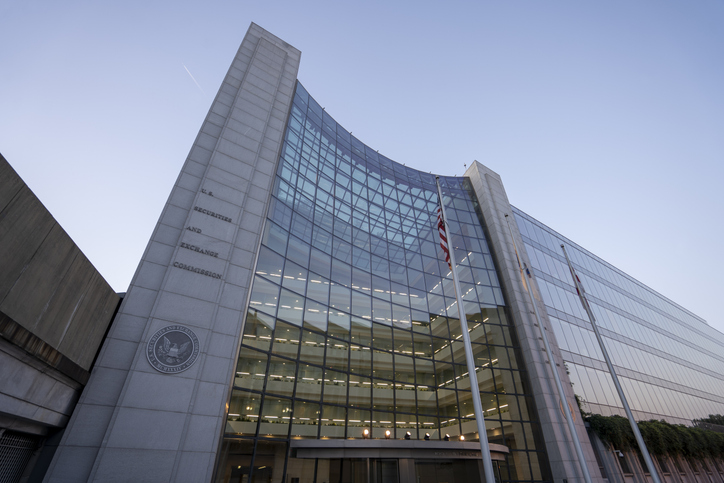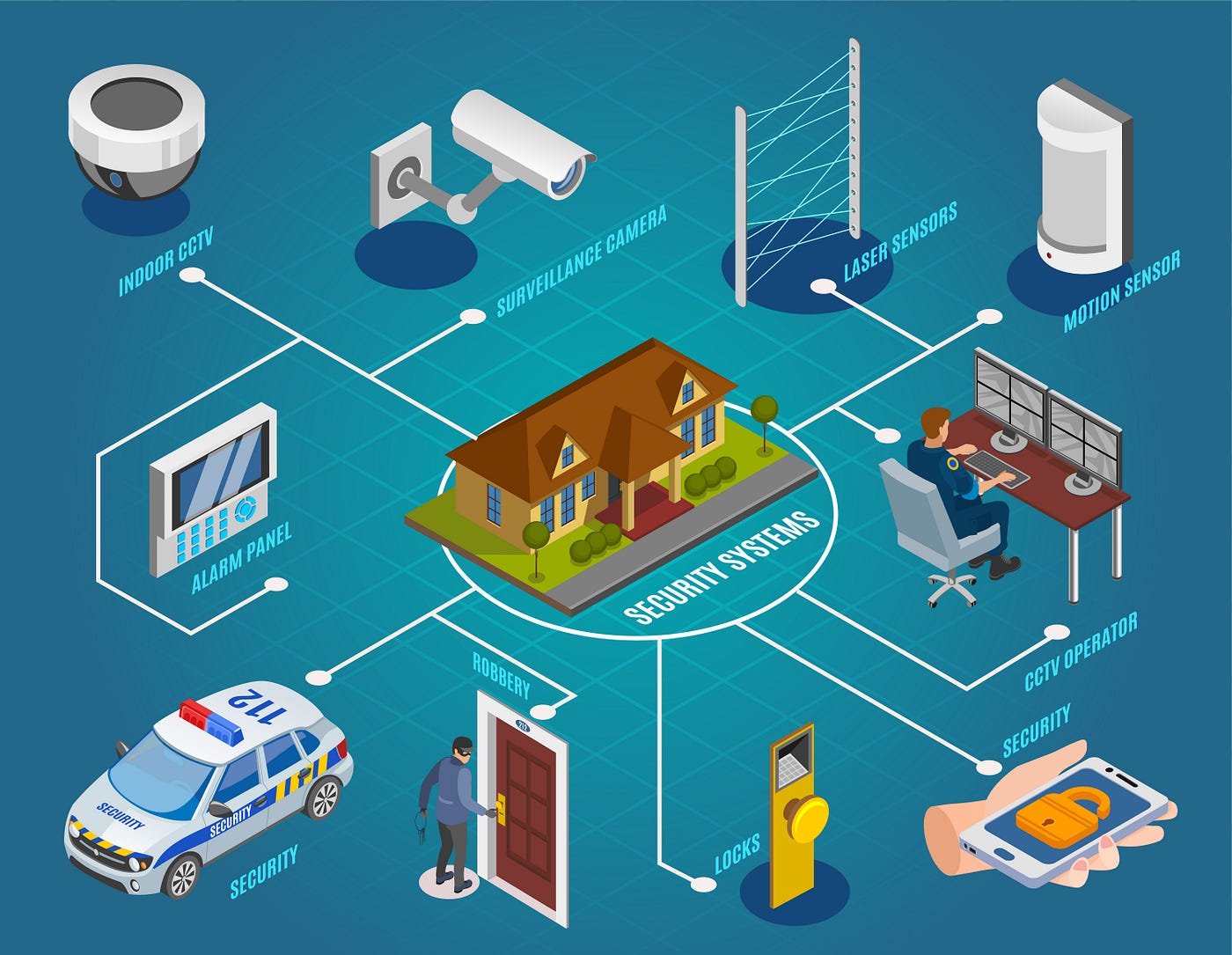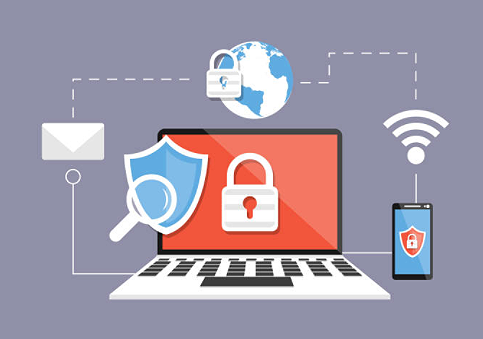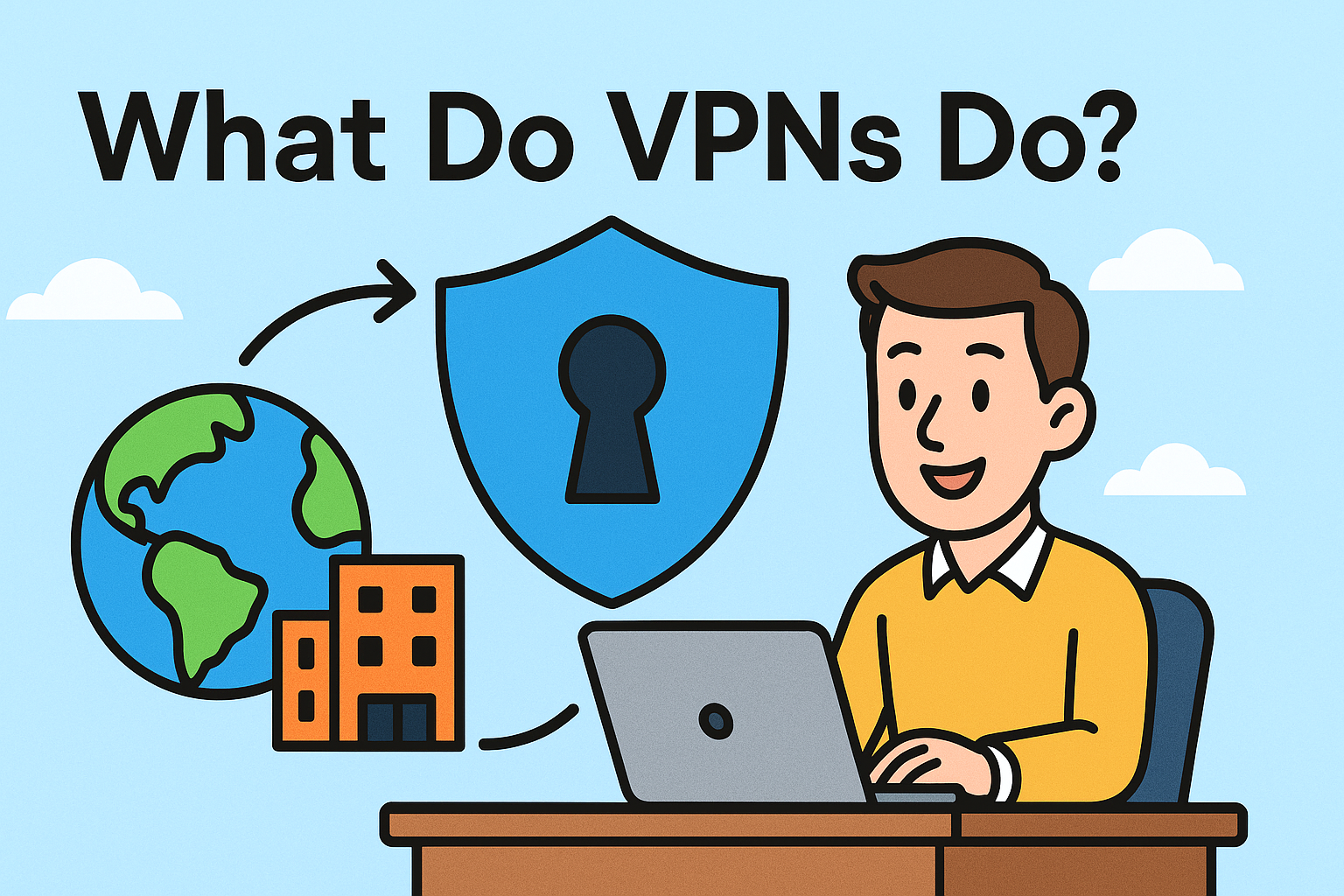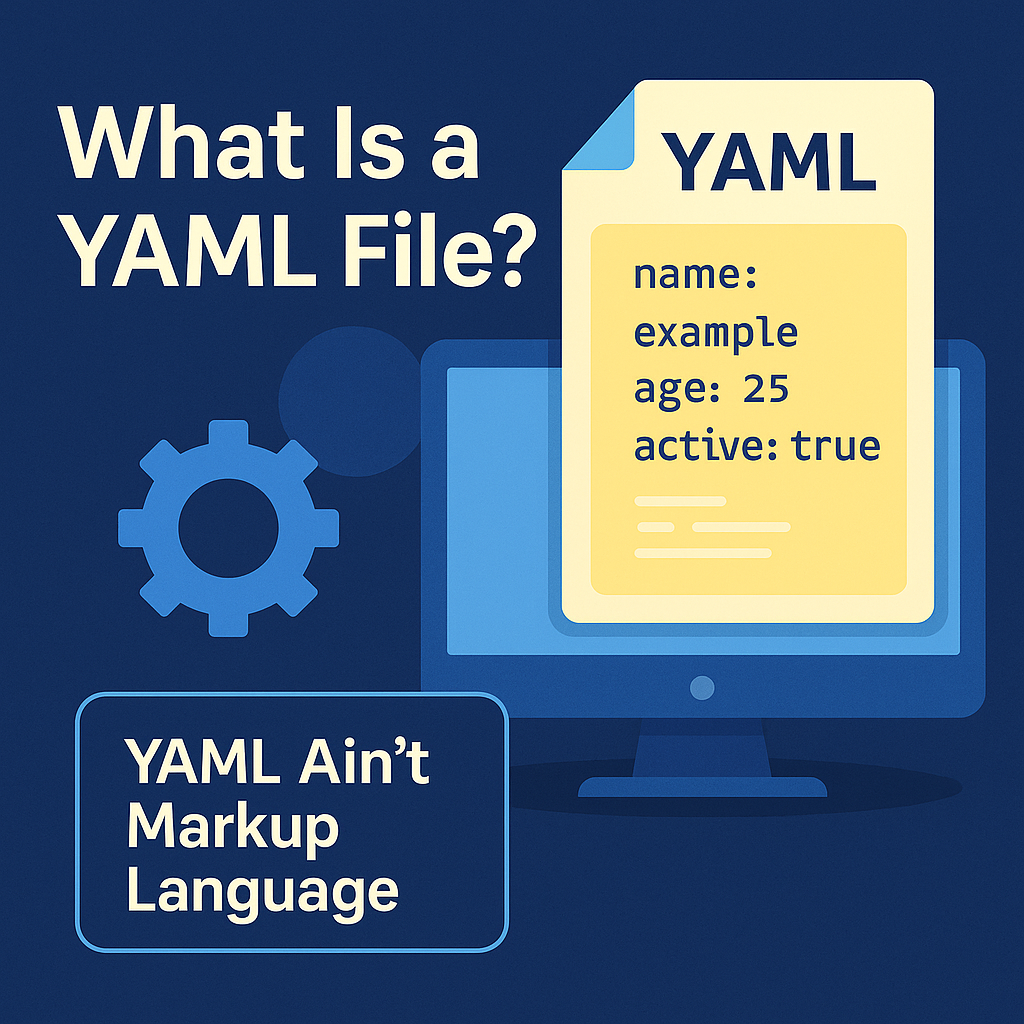Why SaaS is Reshaping Modern Business
Updated on June 5, 2025, by Xcitium
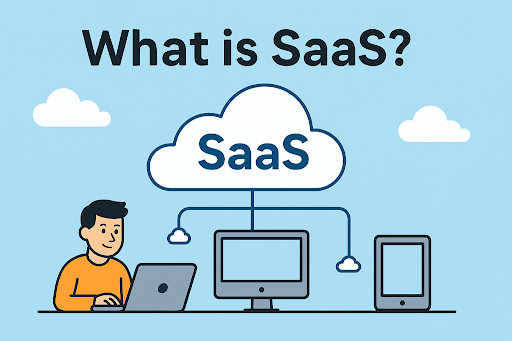
Have you ever wondered why so many businesses are shifting to the cloud? Or how companies scale IT operations with minimal infrastructure? The answer often lies in one transformative model—SaaS.
In today’s digital-first world, Software as a Service (SaaS) is more than just a trend—it’s the foundation of how businesses access, manage, and scale software. From cybersecurity platforms to enterprise IT tools, SaaS has become essential for agility, security, and cost-effectiveness.
What is SaaS? (Software as a Service)
SaaS, short for Software as a Service, is a cloud computing model that delivers software applications over the internet on a subscription basis. Instead of buying and installing software on individual machines or servers, users simply log in through a web browser.
Key Characteristics:
- Hosted on a cloud server
- Accessible via the internet
- Managed by a third-party provider
- Subscription-based billing
Examples of popular SaaS products include:
- Google Workspace (Docs, Sheets, Drive)
- Microsoft 365
- Salesforce CRM
- Xcitium Cybersecurity Platform
How Does SaaS Work?
At its core, SaaS is powered by cloud infrastructure. Here’s how it functions:
- Centralized Hosting: The software is hosted in the provider’s data centers or on public cloud services like AWS, Azure, or Google Cloud.
- Multi-Tenancy: Multiple customers (or tenants) share the same infrastructure but have isolated data and configurations.
- Web Access: Users access the application via browsers—no installation needed.
- Automatic Updates: Vendors manage updates, patches, and maintenance behind the scenes.
- Scalability: Easily upgrade plans, storage, or users on demand.
This model simplifies IT operations while ensuring businesses can access the latest features and security standards.
Benefits of SaaS for Business
Modern enterprises, especially IT managers and CISOs, leverage SaaS for several strategic advantages:
1. Cost-Efficiency
- No upfront hardware costs
- Pay-as-you-go pricing
- Lower total cost of ownership (TCO)
2. Speed & Flexibility
- Instant deployment
- Accessible from anywhere
- Rapid onboarding for teams
3. Scalability
- Add or remove users with ease
- Upgrade storage or capabilities based on demand
4. Security & Compliance
- Vendors handle encryption, firewalls, access controls, and compliance audits
- Automatic patching and updates reduce vulnerabilities
5. Collaboration-Ready
- Real-time sharing and editing (e.g., documents, dashboards)
- Seamless integration with other tools
SaaS in Cloud Computing: A Pillar of Digital Transformation
SaaS sits at the application layer of cloud computing, alongside Infrastructure as a Service (IaaS) and Platform as a Service (PaaS).
| Cloud Layer | Description | Example |
| SaaS | End-user applications over the web | Microsoft 365, Zoom |
| PaaS | Tools for developers to build apps | Google App Engine |
| IaaS | On-demand infrastructure | Amazon EC2 |
SaaS allows companies to abstract away the complexity of IT operations, focusing instead on innovation, security posture, and business outcomes.
Common SaaS Use Cases by Industry
Let’s break down how different industries use SaaS platforms:
1. Cybersecurity
- Endpoint Detection and Response (EDR)
- Managed Detection and Response (MDR)
- Cloud-based threat intelligence platforms like Xcitium
2. Healthcare
- HIPAA-compliant patient portals
- Cloud-based EHR systems
3. Finance
- SaaS-based ERP and accounting tools
- Secure online banking platforms
4. Retail
- eCommerce platforms
- Customer Relationship Management (CRM)
Security in SaaS: What IT Managers Must Know
While SaaS provides flexibility, cybersecurity remains a critical concern, especially in sensitive sectors.
Key Security Features in SaaS:
- Zero Trust Architecture
- End-to-End Encryption
- Multi-Factor Authentication (MFA)
- Data Loss Prevention (DLP)
- Role-Based Access Control (RBAC)
When evaluating a SaaS provider, IT leaders should review compliance certifications such as:
- SOC 2
- ISO 27001
- HIPAA
- GDPR
Challenges and Risks of SaaS
Despite the benefits, SaaS isn’t without challenges:
- Vendor Lock-In: Switching providers can be complex
- Downtime Risk: Dependence on provider uptime
- Data Residency: Where your data is stored matters for compliance
- Shadow IT: Employees using unsanctioned SaaS tools
To mitigate these risks, organizations must adopt robust vendor vetting and centralized control over SaaS usage.
How to Choose the Right SaaS Provider
Here’s a checklist IT and cybersecurity leaders should use:
✔ Does the vendor offer role-based access and audit trails?
✔ Is the platform compliant with your regulatory requirements?
✔ Does it support SSO, MFA, and encryption standards?
✔ What is their SLA (Service-Level Agreement) for uptime and support?
✔ Can it integrate seamlessly into your existing ecosystem?
Future of SaaS: What Lies Ahead?
With AI, edge computing, and hybrid cloud on the rise, SaaS is evolving rapidly. Expect the following trends:
- AI-Powered SaaS: Predictive analytics, automation, and smart alerts
- Vertical SaaS: Tailored platforms for niche industries
- SaaS Security Mesh: Integrated threat prevention across platforms
- Low-Code Platforms: Empowering non-technical users to build workflows
Why SaaS is Non-Negotiable for Modern Business
Whether you’re an IT Manager, CISO, or CEO, understanding what SaaS is—and how to leverage it securely—can shape your organization’s competitive edge. SaaS allows you to focus on growth, innovation, and cyber resilience, without the headaches of legacy systems.
Take the next step: Request a Demo with Xcitium to explore secure SaaS-based solutions tailored for your industry.
Frequently Asked Questions (FAQ)
1. What is SaaS in simple terms?
SaaS stands for Software as a Service. It delivers software over the internet, so users don’t need to install or maintain it.
2. How does SaaS work compared to traditional software?
SaaS is cloud-hosted and subscription-based, unlike traditional software that requires installation and manual updates.
3. Is SaaS secure for enterprise use?
Yes, especially when vendors follow best practices like encryption, MFA, and compliance certifications (e.g., SOC 2, HIPAA).
4. Can SaaS integrate with on-prem systems?
Many modern SaaS platforms offer APIs and connectors to integrate with existing infrastructure or hybrid cloud setups.
5. What’s the difference between SaaS and IaaS?
SaaS provides ready-to-use applications, while IaaS offers raw infrastructure like virtual machines, networks, and storage.



